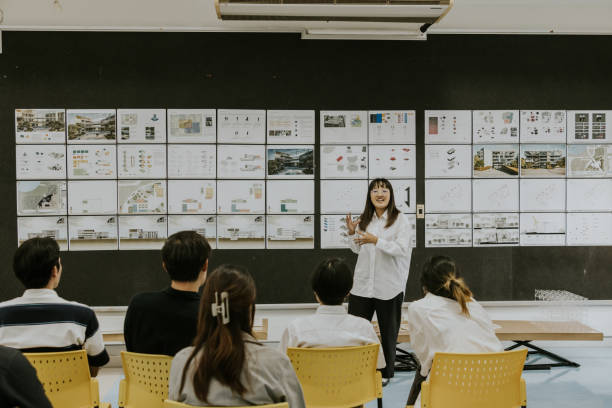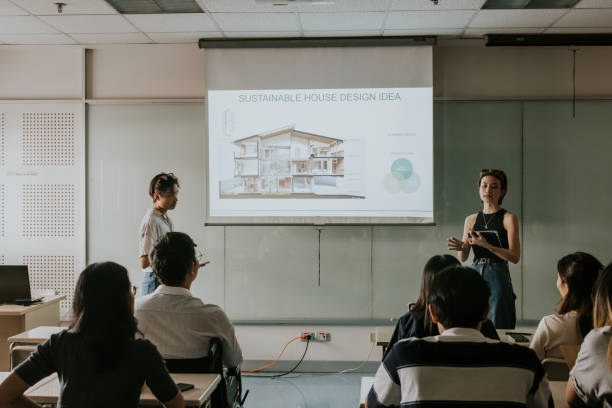Are you someone who’s always rearranging furniture, playing with color schemes, or getting inspired by stylish home decor on Pinterest or Instagram? Whether you’re looking to turn this passion into a career or simply want to design your own space like a pro, starting with an interior designing course for beginners is your perfect first step.
This blog will walk you through everything a beginner needs to know: what to expect, where to study, what you’ll learn, and how an interior design course can help you design with confidence.

🪑 What is Interior Designing?
Interior designing is the art and science of improving the interiors of a space to achieve a healthier and more aesthetically pleasing environment. It blends architecture, decor, and functionality. Whether it’s residential, commercial, or public spaces, interior design focuses on making spaces both beautiful and usable.
As a beginner, enrolling in an interior design course helps you learn how to:
- Visualize and plan spaces
- Choose appropriate materials and colors
- Work with lighting and furniture
- Use design software like AutoCAD and SketchUp
- Understand client needs and turn ideas into real spaces
🎯 Why Beginners Should Take an Interior Designing Course
You might be creative by nature, but formal training gives your creativity structure, technique, and real-world application. Here’s why starting with a beginner’s course is so valuable:
- ✅ Foundation of design principles
- ✅ Learn industry-standard tools and software
- ✅ Understand real-world interior challenges
- ✅ Build your first portfolio
- ✅ Gain confidence to take on projects
Many beginner-level courses do not require prior knowledge of design or art, making them perfect for freshers, school graduates, homemakers, career-changers, or even hobbyists.
🎓 Types of Interior Designing Courses for Beginners
Depending on your goals and available time, you can choose from various beginner-friendly formats:
1. Short-Term Certificate Courses
- Duration: 3 to 6 months
- Focus: Basics of interior design, color theory, and space planning
- Best for: Hobbyists or early learners
2. Diploma in Interior Designing
- Duration: 1 to 2 years
- Covers: Design fundamentals, software skills, projects, and internships
- Best for: Career starters who want professional-level exposure quickly
3. Online Interior Design Courses
- Platforms: Coursera, Udemy, Skillshare, INIFD online, etc.
- Duration: Self-paced
- Best for: Flexible learners or part-timers
4. Weekend or Part-Time Courses
- Ideal for working professionals or homemakers
- Offered by institutes like JD Institute, Pearl Academy (Delhi), and many others
🏫 Best Institutes Offering Interior Design Courses for Beginners (India)
Here are some reputed institutions offering beginner-level interior designing course education:
In Delhi:
- JD Institute of Fashion Technology – Offers certificate and diploma courses with live projects.
- INIFD Delhi – Known for beginner-friendly design programs with modern facilities.
- Pearl Academy – Offers part-time programs, summer schools, and foundation courses.
- IMS DIA Noida – Offers short courses in interior styling, decor, and visualization.
Pan India or Online:
- National Institute of Design (NID) – Foundation courses (through workshops)
- Hamstech, Hyderabad – Offers online beginner courses in interior design
- Udemy / Coursera – Offers globally-recognized beginner certifications
🧠 What You’ll Learn in a Beginner’s Interior Designing Course
An interior designing course for beginners is designed to introduce you to core concepts and practical tools. Here’s a breakdown:
🖌️ Design Fundamentals
- Elements & Principles of Design
- Visual balance, symmetry, and proportion
- Understanding aesthetics and functionality
🏠 Space Planning
- Room layout basics
- Furniture placement techniques
- Creating floor plans
🎨 Color Theory & Materials
- How to use colors to create mood
- Choosing textures and finishes
- Material knowledge (wood, fabrics, tiles, etc.)
💡 Lighting Design
- Types of lighting (ambient, task, accent)
- Light fixtures and energy efficiency
📐 Technical Drawing & Software
- Introduction to sketching and drafting
- Basic software training (AutoCAD, SketchUp, Photoshop)
💼 Practical Projects
- Home interior mock-ups
- Styling exercises
- Mood boards and sample presentations
By the end of your course, you’ll have the skills to confidently design a room or space, either for personal use or as a stepping-stone to a professional career.

💼 Career Opportunities After a Beginner-Level Interior Design Course
Even a beginner’s course opens the door to freelance or entry-level roles in interior and decor industries. Here are a few options:
| Role | Description |
|---|---|
| Interior Stylist | Style homes or events using furniture and accessories |
| Design Assistant | Support senior designers in client and decor projects |
| Home Decor Consultant | Help clients with furnishings, color palettes, and layouts |
| Visualizer | Use software to create mock-up 3D interiors |
| Freelance Interior Designer | Take on small residential or office projects |
Many students choose to pursue a diploma or degree course after their beginner-level training to grow further.
💰 Salary Expectations
With a beginner course and basic portfolio, you may expect:
| Role | Monthly Salary (INR) |
|---|---|
| Design Intern | ₹8,000 – ₹15,000 |
| Assistant Designer | ₹15,000 – ₹25,000 |
| Freelance Projects | ₹10,000 – ₹50,000+ per project |
These numbers can increase significantly as you gain experience and software expertise.
🛠️ Tools and Software You’ll Use
Beginner courses often introduce essential tools:
- AutoCAD – Drafting and technical layout
- SketchUp – 3D modeling and visualization
- Photoshop – Creating mood boards and presentations
- Hand sketching & rendering techniques
Knowing these tools will give you an edge in both education and practice.
💡 Tips for Beginners to Excel in Interior Designing
- Practice Sketching Daily – It helps build visualization and confidence.
- Follow Trends – Use Pinterest, Houzz, and design blogs to stay inspired.
- Build a Portfolio – Save all your practice work and projects for showcasing.
- Attend Design Events – Get exposure to trends, materials, and professionals.
- Keep Experimenting – Try rearranging your space, playing with color schemes, and doing DIY projects.
🔍 How to Choose the Right Beginner’s Course
Here are a few things to keep in mind:
- Check for faculty experience and reviews
- Ensure they provide hands-on training
- Ask about software and design tool exposure
- Prefer courses that include practical projects and feedback
- Opt for institutes offering certificates or progression paths (to diplomas or degrees)
🏁 Final Thoughts
Whether you’re aiming to launch a career in interior design or just want to gain confidence in creating beautiful spaces, a beginner-level interior designing course is a smart and creative investment.
With the right training, tools, and practice, you can go from enthusiast to expert—designing spaces that inspire, comfort, and tell a story. So, don’t wait. Take the first step, and start designing with confidence today!











































